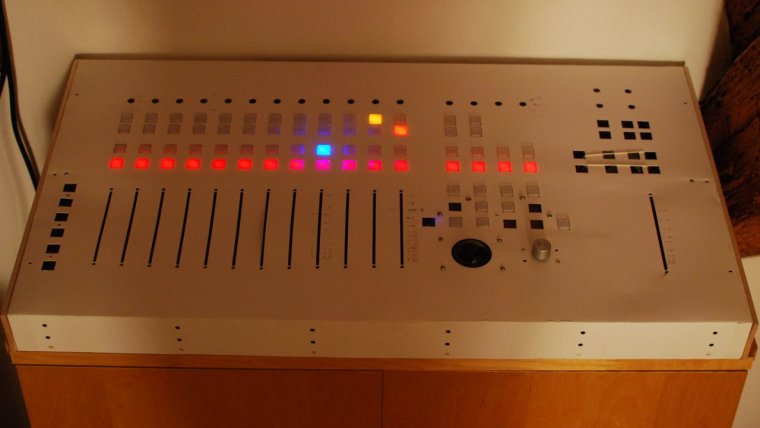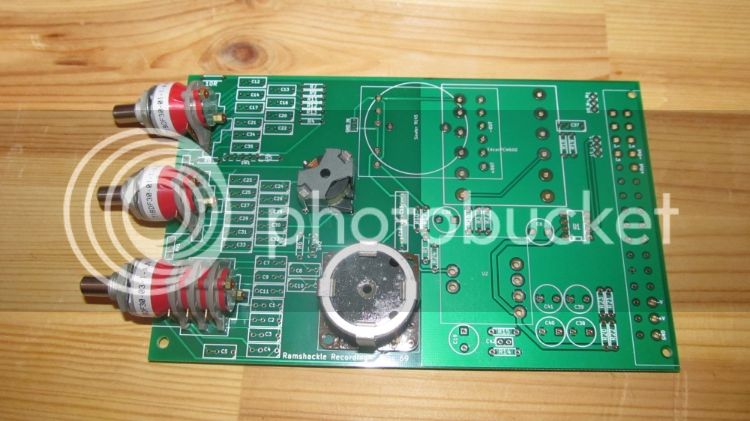audiomixer
Well-known member
Hi,
I have been working on my mixing console project and I am getting on with the analog boards design. thinking of the benefit the 51x standard has brought, any one inclined in sharing thoughts on a console bus wiring scheme?
I wanted to use a 34 / 40 pin ribbon cable for the bus and thought about a suitable arrangement for my console, but of course someone has done that already in the past so you might just chime in with your list.... would be fun to see how much common there is and if it could make sense to publish a spec that one can adhere if inclined to ;-)
attached is my first pass, 2main +4sub buses, pfl, solo, up to eight aux buses. reduced functionality with 20pin / 24pins.... no power, as I route power via a larger dedicated pin header.
I have been working on my mixing console project and I am getting on with the analog boards design. thinking of the benefit the 51x standard has brought, any one inclined in sharing thoughts on a console bus wiring scheme?
I wanted to use a 34 / 40 pin ribbon cable for the bus and thought about a suitable arrangement for my console, but of course someone has done that already in the past so you might just chime in with your list.... would be fun to see how much common there is and if it could make sense to publish a spec that one can adhere if inclined to ;-)
attached is my first pass, 2main +4sub buses, pfl, solo, up to eight aux buses. reduced functionality with 20pin / 24pins.... no power, as I route power via a larger dedicated pin header.





![Electronics Soldering Iron Kit, [Upgraded] Soldering Iron 110V 90W LCD Digital Portable Soldering Kit 180-480℃(356-896℉), Welding Tool with ON/OFF Switch, Auto-sleep, Thermostatic Design](https://m.media-amazon.com/images/I/41gRDnlyfJS._SL500_.jpg)




























